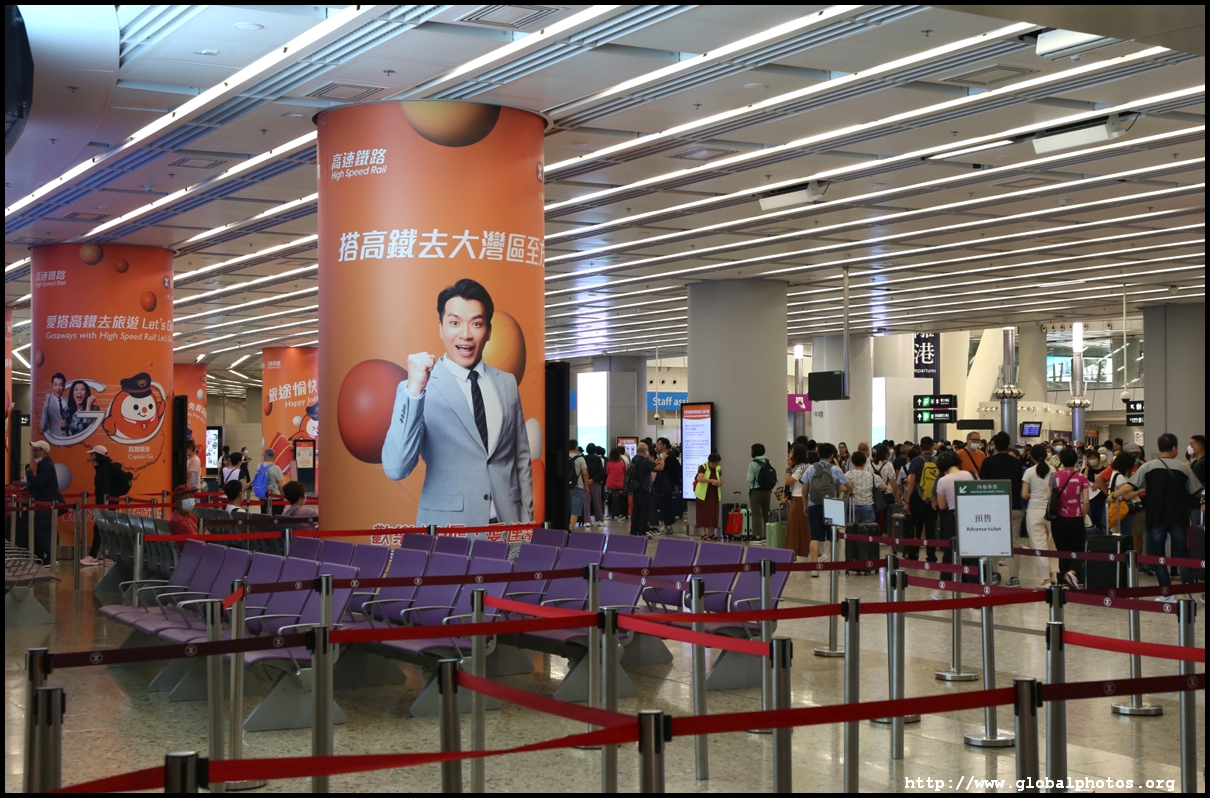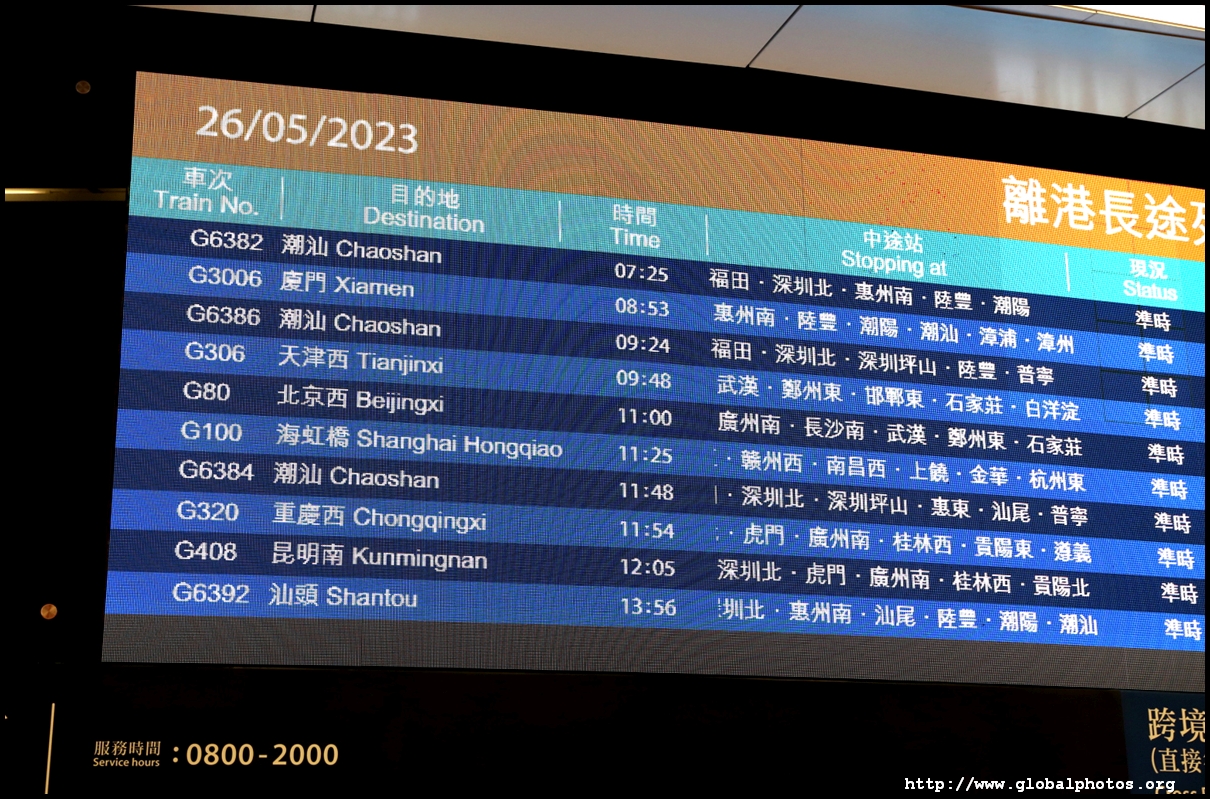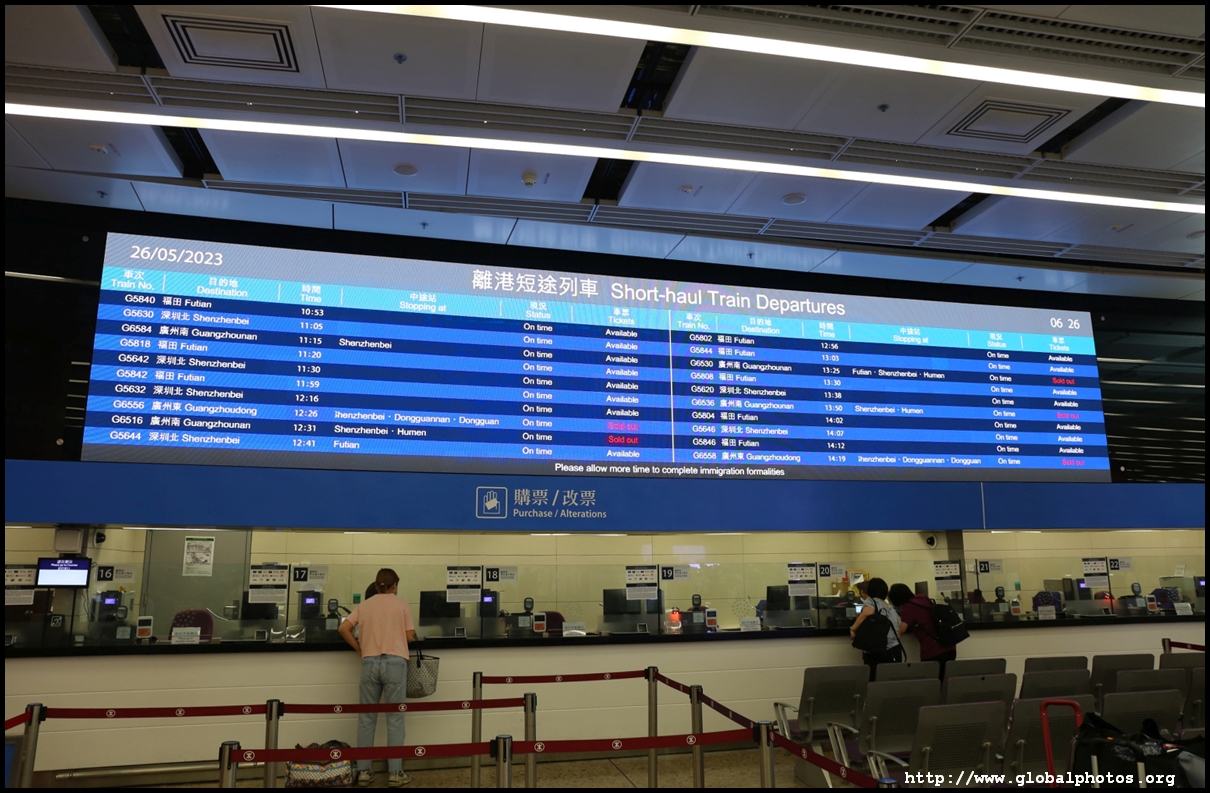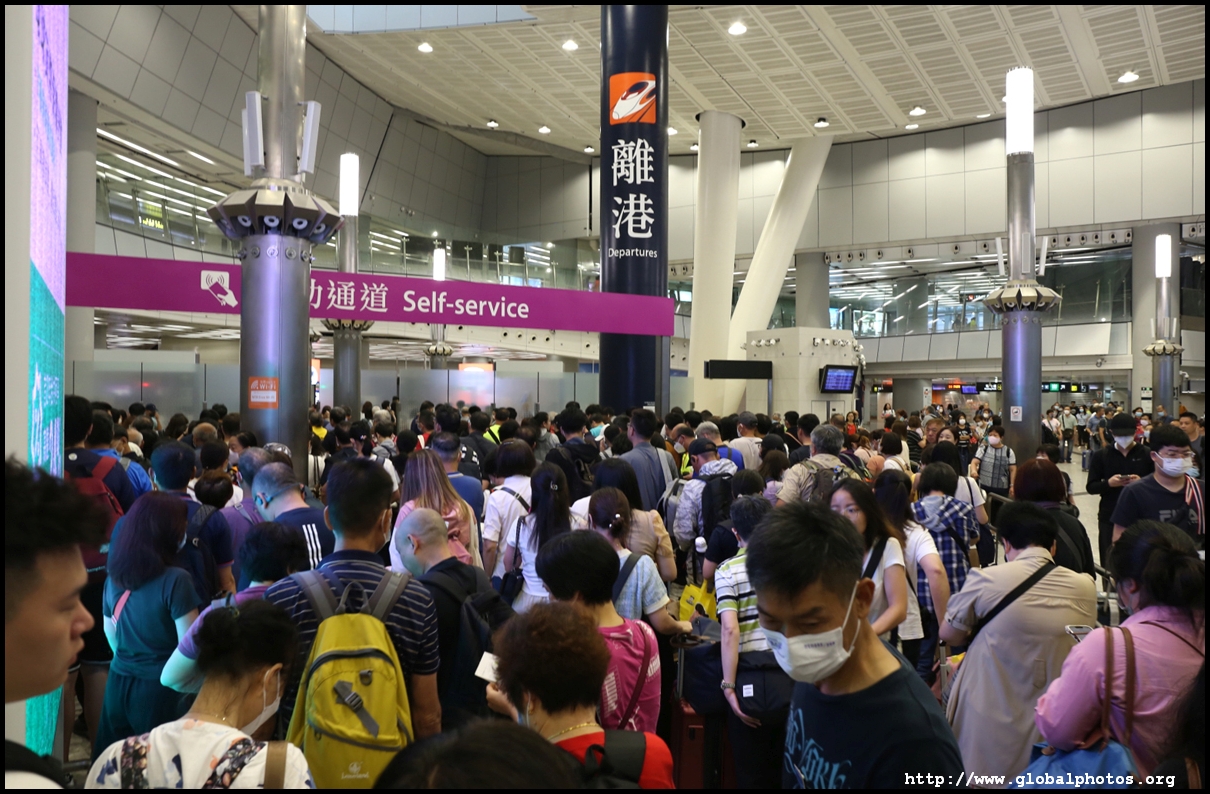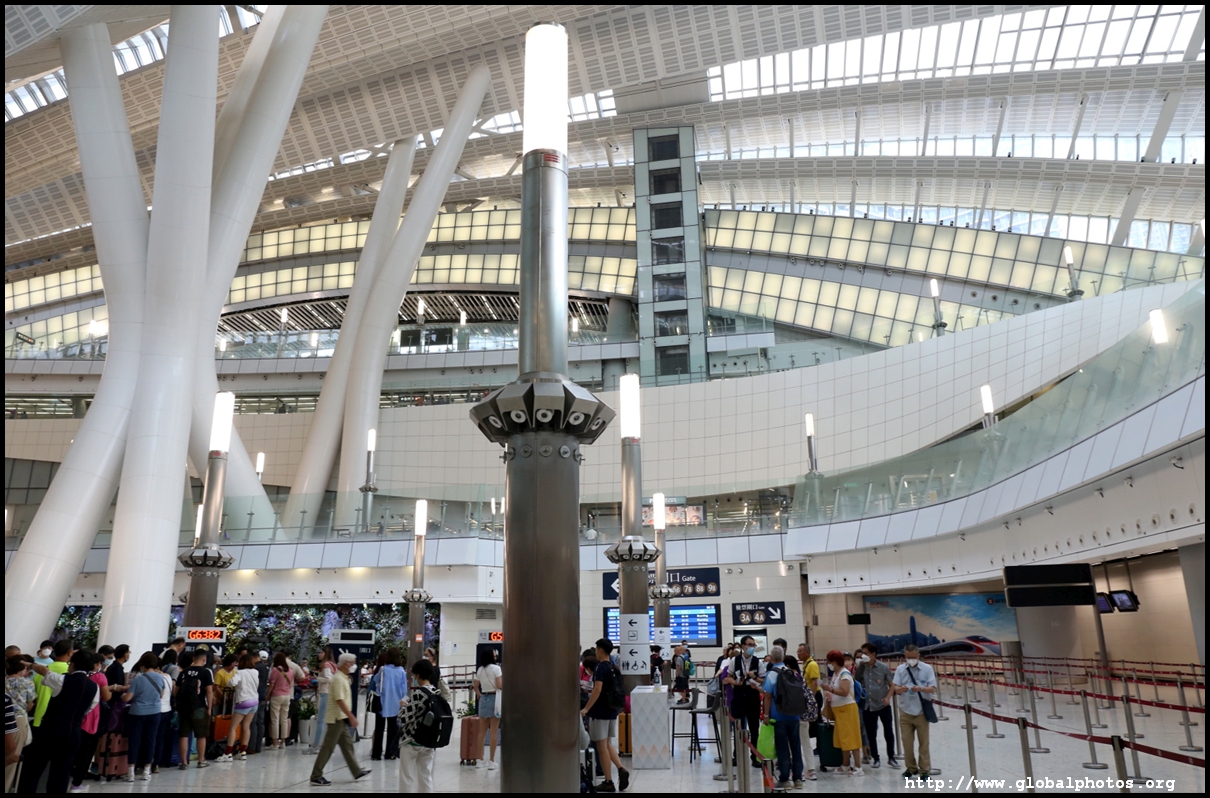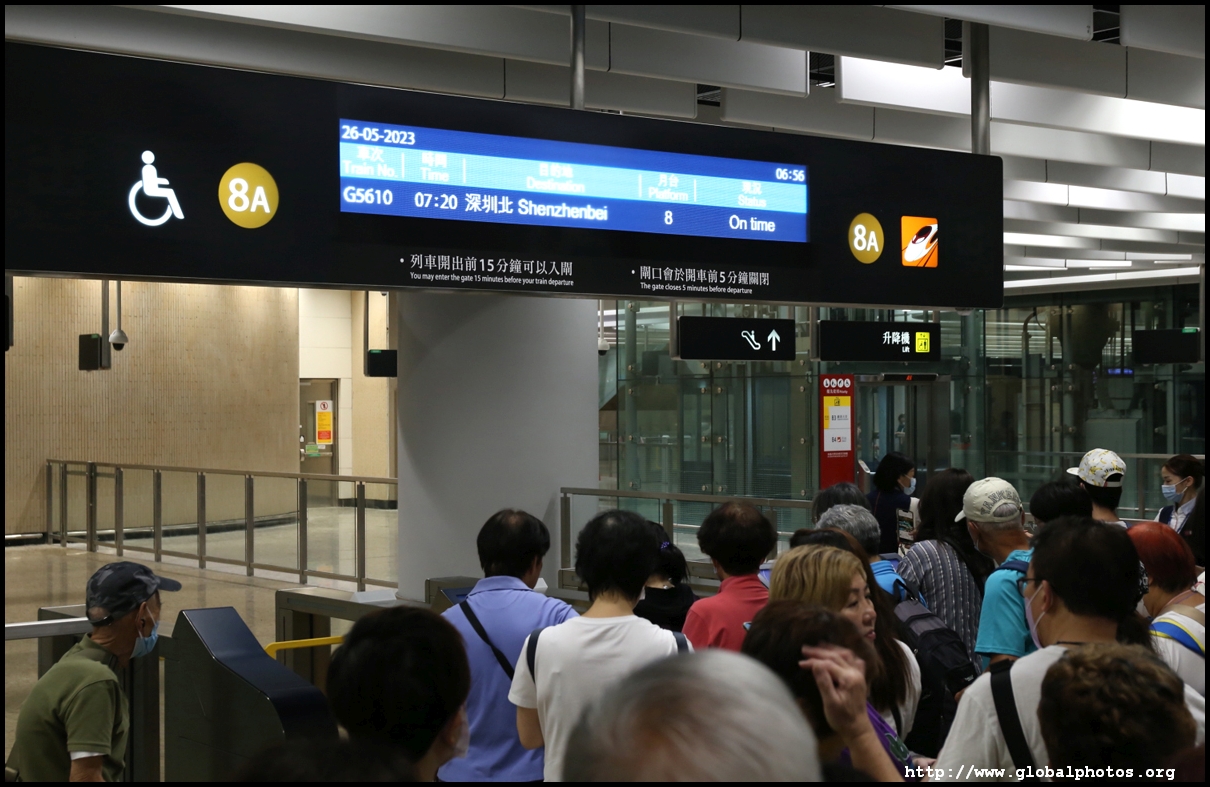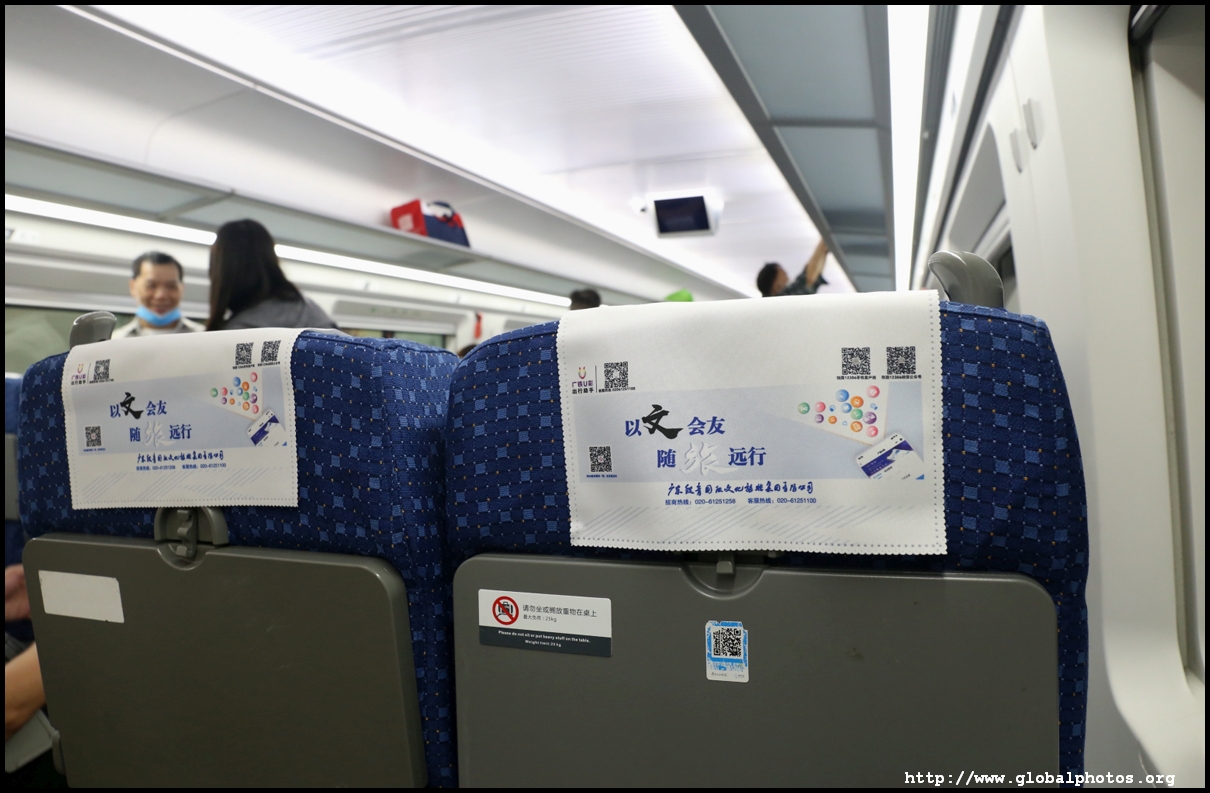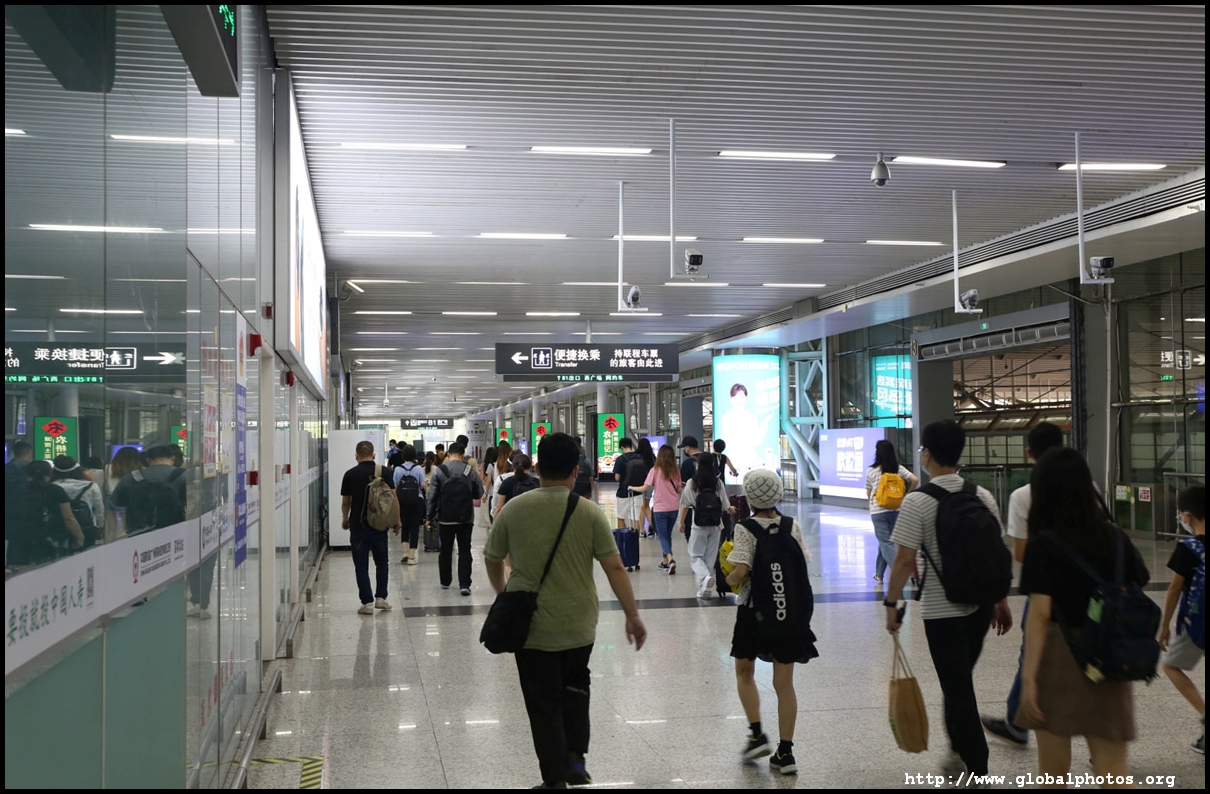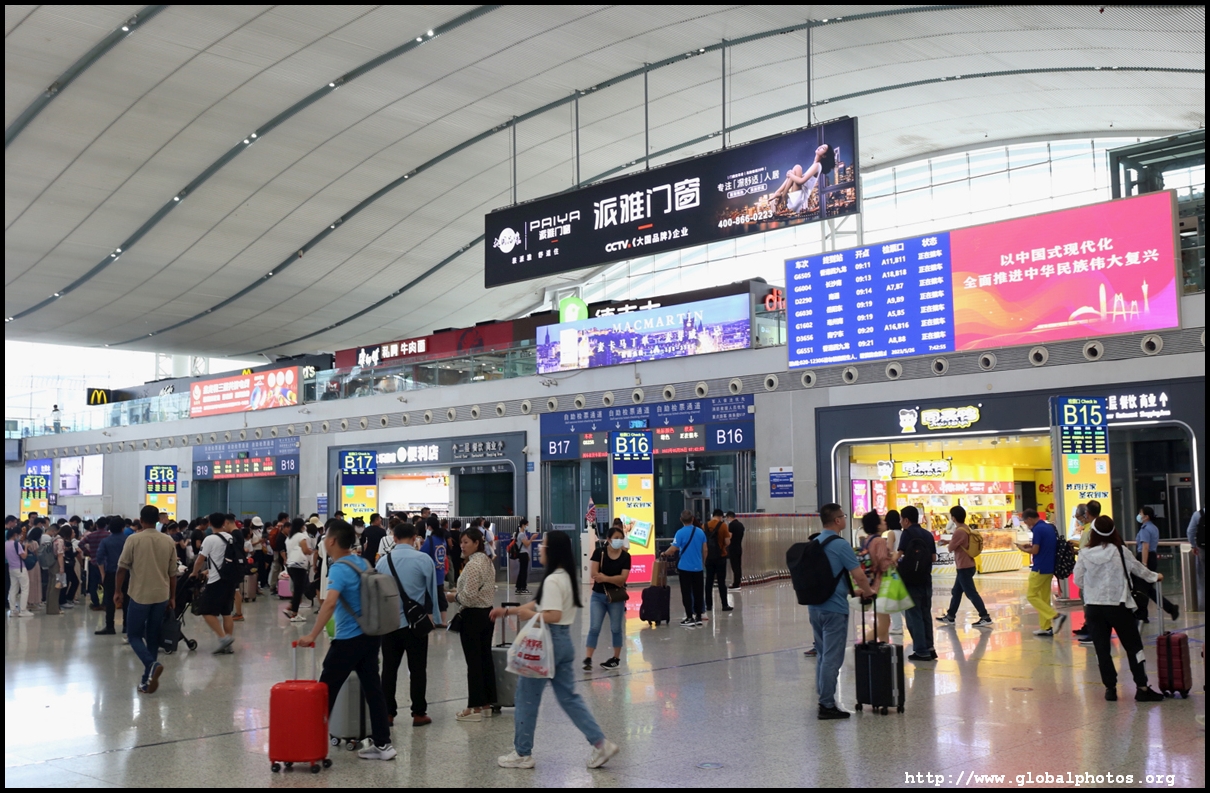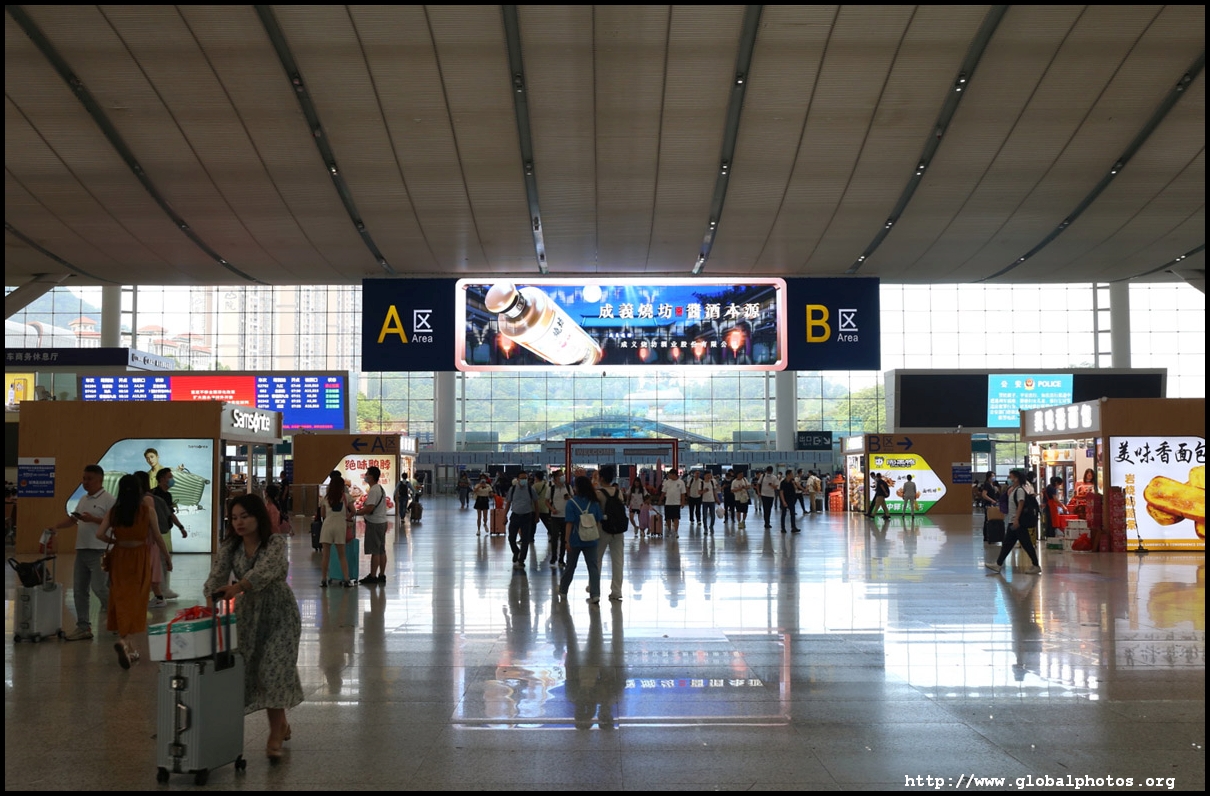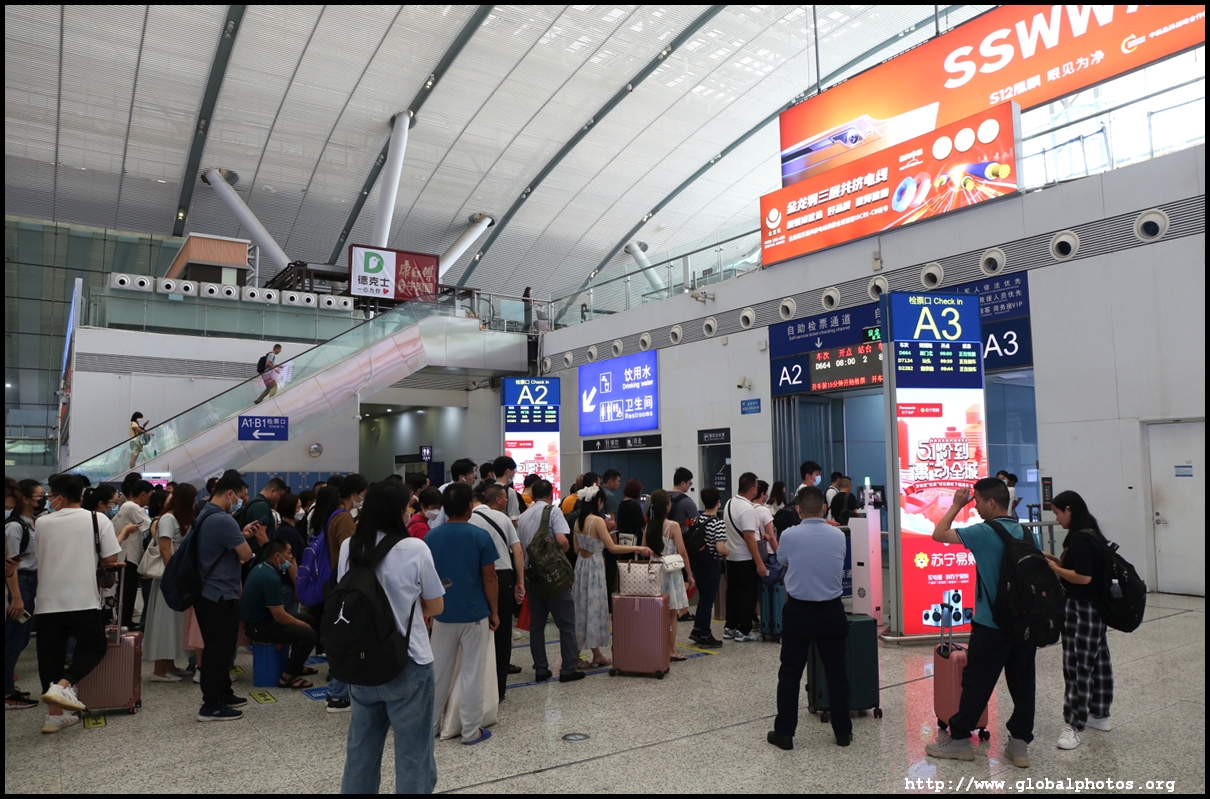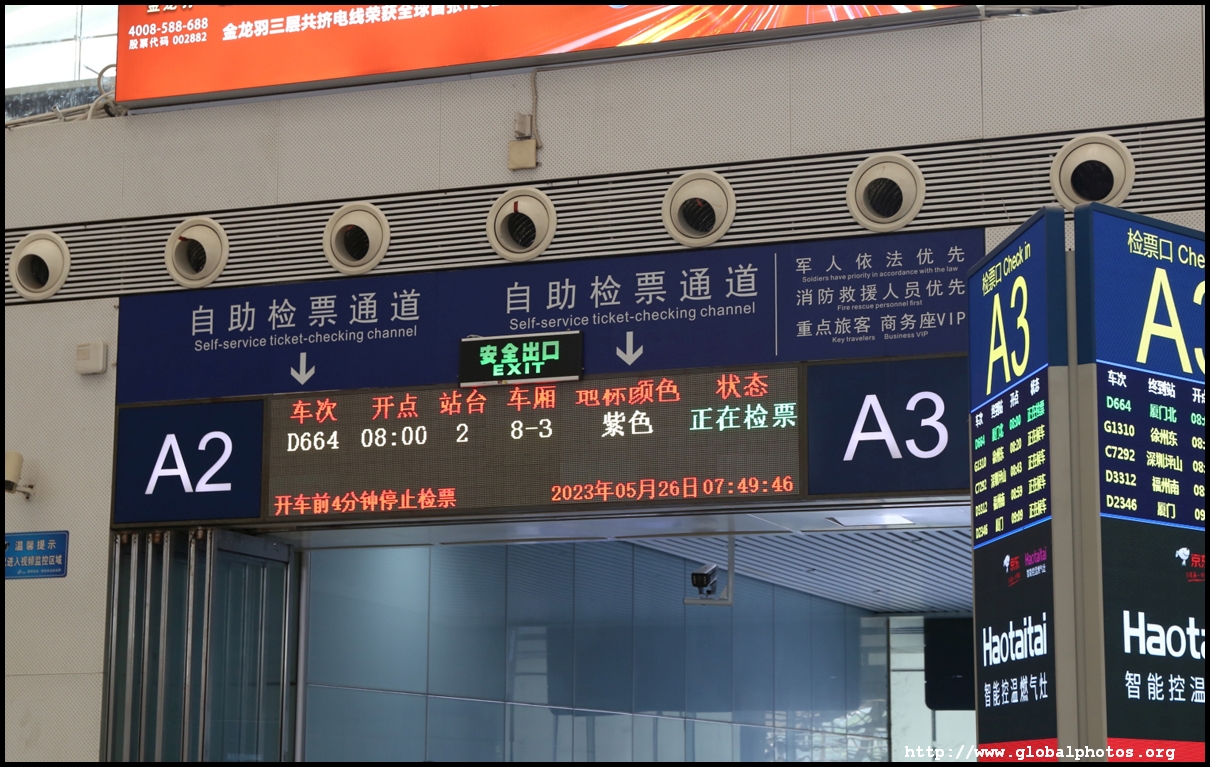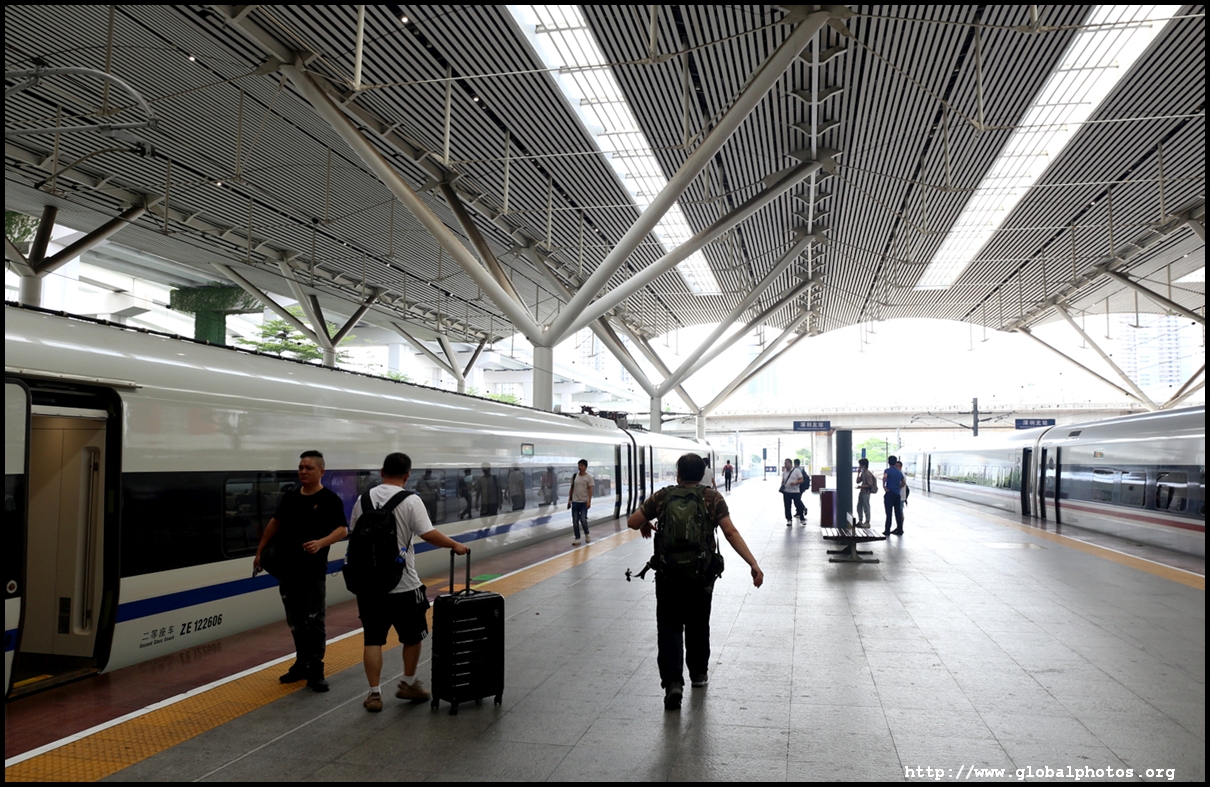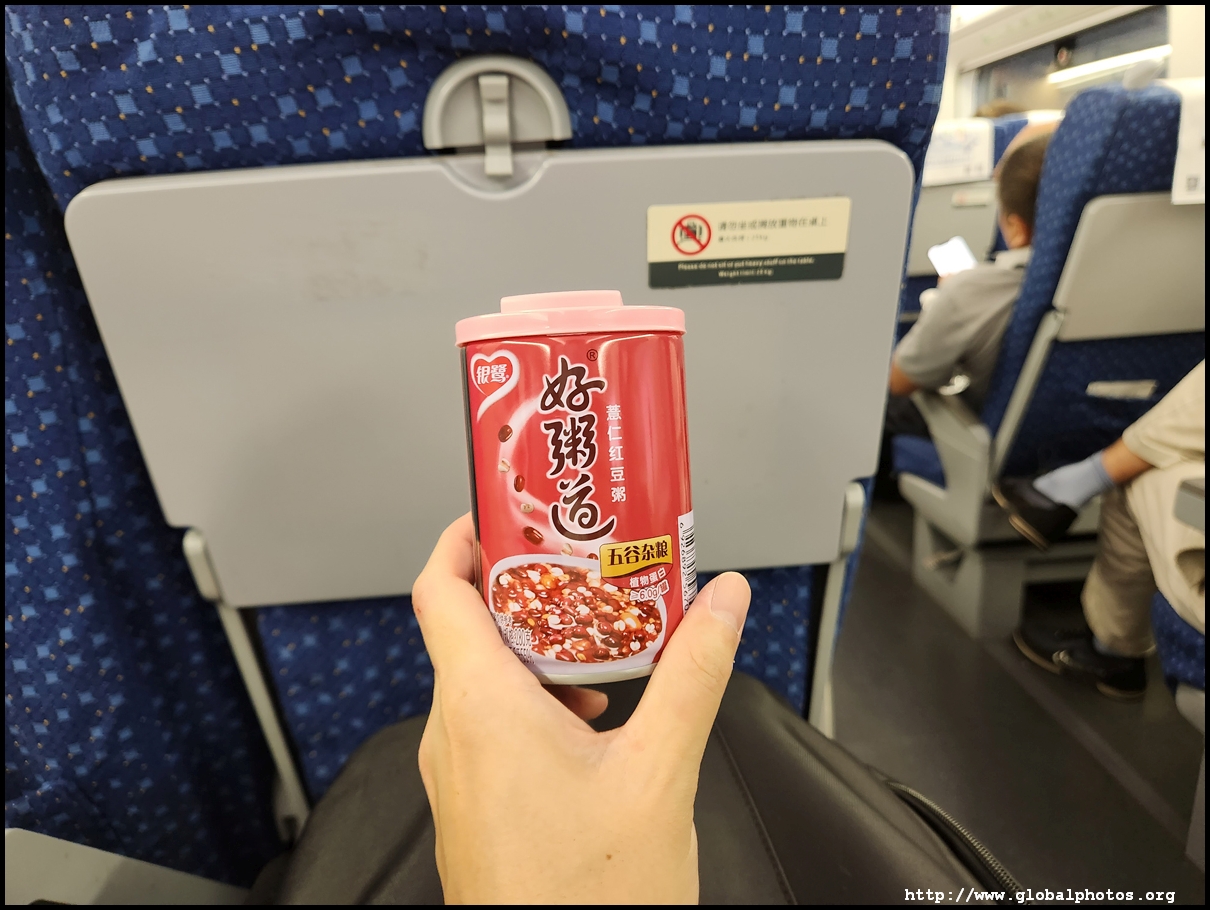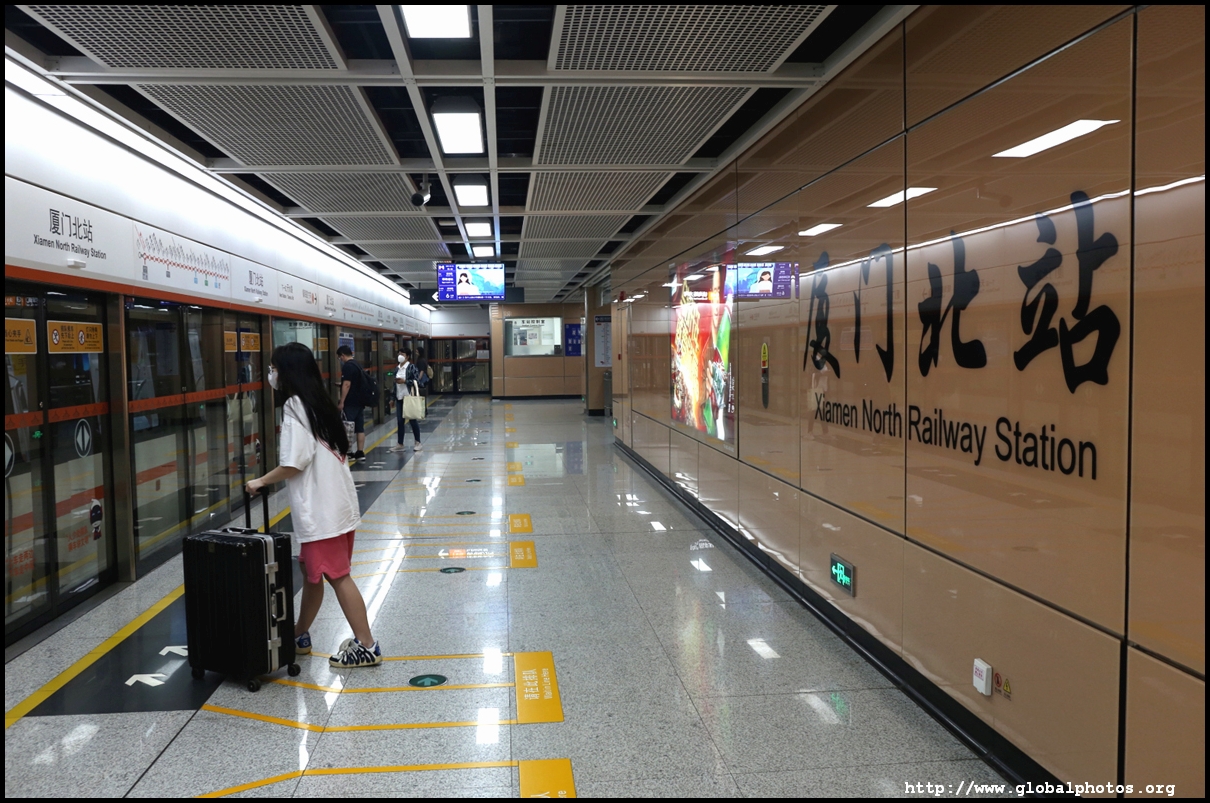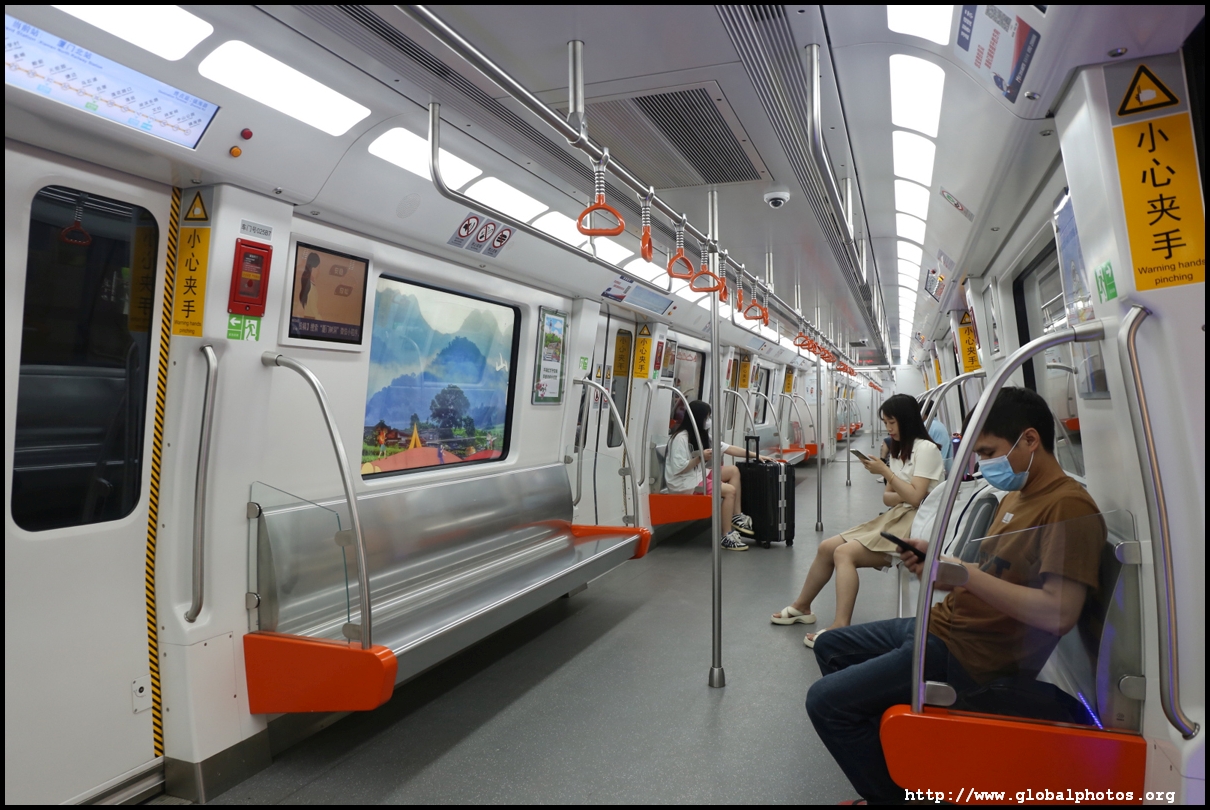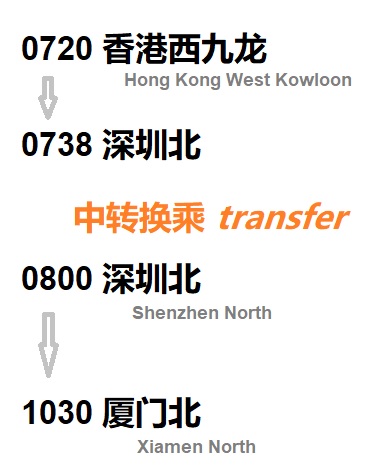
|
Train Report : Hong Kong West Kowloon - Xiamen
May 26, 2023
With a wave of revenge outbound tourism raging, leaving Hong Kong on a long weekend could get very expensive very quickly. That leaves few options left to fly affordably, which made me turn to a high-speed train excursion instead. Prices are fixed and don't fluctuate based on demand, so it doesn't matter whether you book long ahead or the day before, unlike early bird deals I've seen in other countries.While it is possible to go to the manual ticket counter at West Kowloon station, the easier way is to go to 12306, the Chinese railways website. However, it's not necessarily an easy method if you are a foreigner and can't get your ID verified to open an account. The system logic is to bind the train ticket straight to your ID card, which you would swipe directly at the gate to ride. Hong Kongers have a different card to enter China, but the new ones do work similiar to the ID cards that Chinese citizens use. Despite costing an arm and a leg after severe overruns, West Kowloon station primarily connects only to short-haul cities in Guangdong province. Otherwise, we would need to change trains in Shenzhen or Guangzhou, an added inconvenience that doesn't seem to match the price tag paid for the connectivity. While there are 4 direct trains to Xiamen daily, with the fastest coming in at about 3.5 hours, they were all full but there was a much bigger schedule to choose from with a transfer in Shenzhen North, with even a shorter overall travel time. With the long weekend rush, I had to start really early. I picked G5610, a purely short-haul train taking only 18 minutes from West Kowloon to Shenzhen North, departing at 7:20am and arriving at 7:38am. I then had about 20 minutes to transfer to D664, departing at 8am and arriving Xiamen North 2.5 hours later. I initially was a bit worried with such a short connection, having never done a train-to-train transfer before, but thought if they can sell such a ticket, it should be OK? With the transfer, pricing is done separately leg by leg, with the short first hop costing 75 yuan and the second leg 228 yuan. The Hong Kong section is significantly more expensive despite the short journey time probably because the entire section is tunnel which costed a crazy amount to build. Arriving an hour before departure, the gates were already bursting with people. The mass of humanity was so big it was impossible to see where to line up, and people squeezed into every available air pocket to try to make it to the turnstiles. However, many couldn't get their ID cards to work to swipe through. Travelling to China is a very stressful experience.
| ||
Flight Reports Main Page
To re-use these photos or notify of errors, please email me. Thank you.

